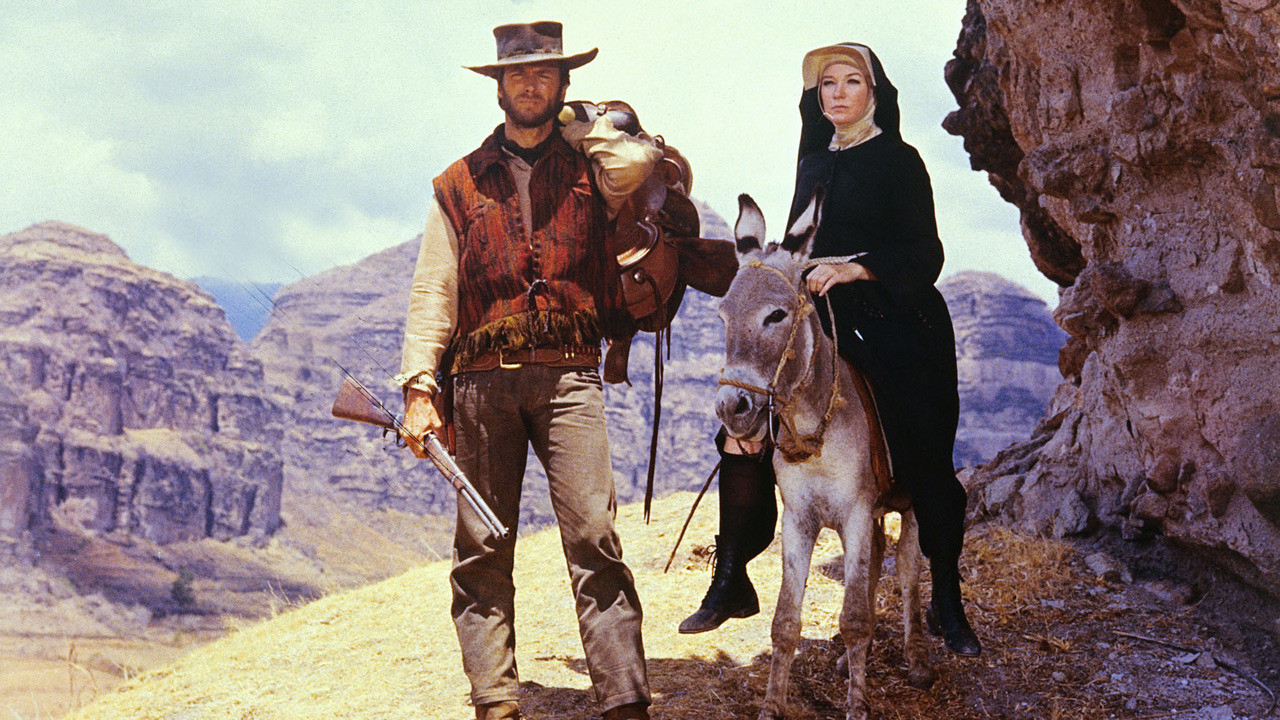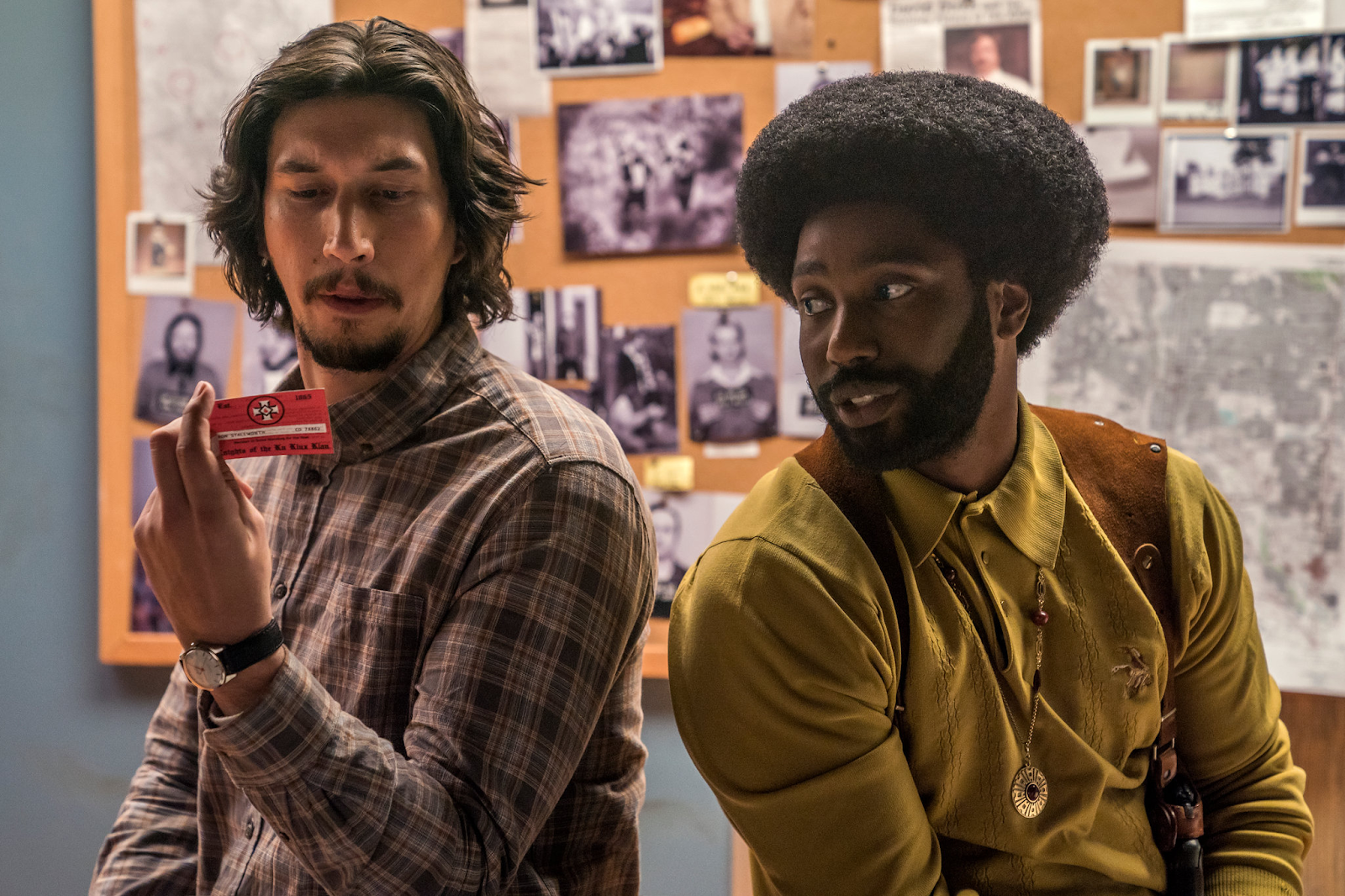As part of our on-going series where we discuss different film theories and explore how to use them for your own film and video production needs, we’ve come to an important crossroads.
Within every film (or video project) ever made is an innate set of rules dictated by something called “genre.” And while these genre rules have existed for decades upon decades, in modern times they’ve been completely deconstructed, re-written, and pretty much thrown out the window.
However, it’s important to understand some of the fundamental principles of what makes films different from one another, and to unlock your own creative storytelling powers. To do that, we need to break down everything that filmmakers should know about genre theory in film and how you can repurpose all of these preconceived rules into your own unique genre-crossing stories.
What is genre theory?
Let’s start with some basic terms and guidelines. How do we define genre, and how does it specifically pertain to film? By definition, genre theory is simply the categorization of different structural elements and patterns which can be found in collections of stories. And as these elements begin to carry inherent and recognizable information, a genre emerges.
Genres can be found across all types of fields including literature, linguistics, rhetoric, and any other form of art or storytelling. However, for the purposes of this article, we’re going to focus on film genre theory as a way to analyze how different types of films have been formed and perceived over the years.
It’s hard to only look at genre study in terms of film, so we should start by taking some time to explore how genre theory (also called “rhetorical studies” or “literary genres”) has been used across other mediums and artforms.
My favorite way to think about genre is the pulp novels from the early 1900s (and from which filmmakers still draw lots of inspiration, oddly enough). In these early pulp novels, which were usually sold in convenience stores, a customer could pick up a copy and instantly tell what type of story they were about to enjoy.
This was because they were already recognizing parts of these preconceived genres just by looking at the title, cover art, and author name. However, inside each of these pulp novels, readers would find plenty of other factors, features, or other recurring symbols which would signify that the story was part of a particular genre.
These genre elements usually include:
- Story-arcs and narratives
- A standard protagonist and other characters
- Stock settings and locations
- Familiar scenes and events
- The general storytelling style, plot points, and various tropes
These basic stock movie types would include all types of genre repertoires and speech genres that helped inform audience expectations and established conventions.
Whether the intended audience or target audience noticed these things might be a concern of literary criticism, but to understand genre theory as it pertains to the film industry, we simply need to look at the different genres and conventional factors which would come into play.
Breaking down the different film genre types

Drawing inspiration from these early pulp novels and other genres from literature and art, filmmakers began to make similar decisions in how they would classify and construct their own stories in this new medium.
As such, along with story-arcs, characters, and plot points, filmmakers would also begin to add genre signifiers of their own in how they wrote their scripts, light their scenes, set up their camera shots and angles, and even how they would produce, edit, and market their films.
Filmmakers (and the studios which produced and financed their films) would then begin to develop their own film genre types, which in turn formed the bedrock of the film genre theory we know and study (and deconstruct) today.
Some of these basic film genre types developed early on include:
- Action films
- Adventure films
- Crime and gangster films
- Comedy films
- Drama films
- Epic and historical films
- Horror films
- Musicals
- Science fiction films
- War films
- Westerns
From that list, there are dozens if not hundreds of sub-genres which would emerge within each of these groups of main film genres. (For example, romantic-comedy films or musical Westerns would combine genres as a way to create new sub-genres of their own.)
How to use film genre theory today
So, we’re finally back to the question at the start: How do filmmakers use genre theory today?
The answer owes a great deal both to historic art and literature genres of the past, as well as how those early filmmakers chose to write, shoot, edit, and market their first forays into filmmaking as an artistic and commercial enterprise.
However, the true way filmmakers use genres today is actually more about how they choose to both acknowledge these genre tropes and roots, while simultaneously deconstructing them every chance they get.
Think of filmmakers like Quentin Tarantino, Spike Lee, or Kathryn Bigelow for example. Would you say that films like Pulp Fiction, Do the Right Thing, or The Hurt Locker fall into any of the main genre types listed above? Or are they more a combination of genres, bouncing between elements at will?
The best filmmakers these days are the ones who have studied the classics and understand what film genres are and why they worked. However, they’re also able to throw out any elements they feel are outdated or unoriginal, instead pulling elements from other genres as a way to tell more creative — and meaningful — stories.
The future of film genre theory

Which leads us into the future of genre theory in regards to films and video production as a whole.
In short, these original “main” film genres ultimately existed as a way to convey what the film was to the general public. But as filmmaking has evolved, information has become more accessible, and new means of viewing and streaming have become available, the world of genres is changing rapidly too.
Do modern television shows or streaming programs fall into the same genre categories as classic films? What genre would you classify your favorite YouTube video as? Can a 10-second TikTok even include enough tropes and elements to evoke any preconceived notions about genre at all?
These are the questions future filmmakers and content creators are undoubtedly going to face as they decide what types of projects they want to create. Yet, for every new film or short YouTube parody, understanding the genre types and theory at play can be both helpful in your own creative filmmaking decisions, as well as how audiences might consciously or subconsciously connect with your work.
There would be no future without our film genre theory past, yet it’s up to these new creators to decide what the next wave of genres, sub-genres, and other styles and tropes might be for the generation to come.
Further reading
If you found any of these insights into genre theory interesting, or if you’re curious to explore other film theory types as you begin your own journey in film and video production, then check out these other articles from the Soundstripe blog:

